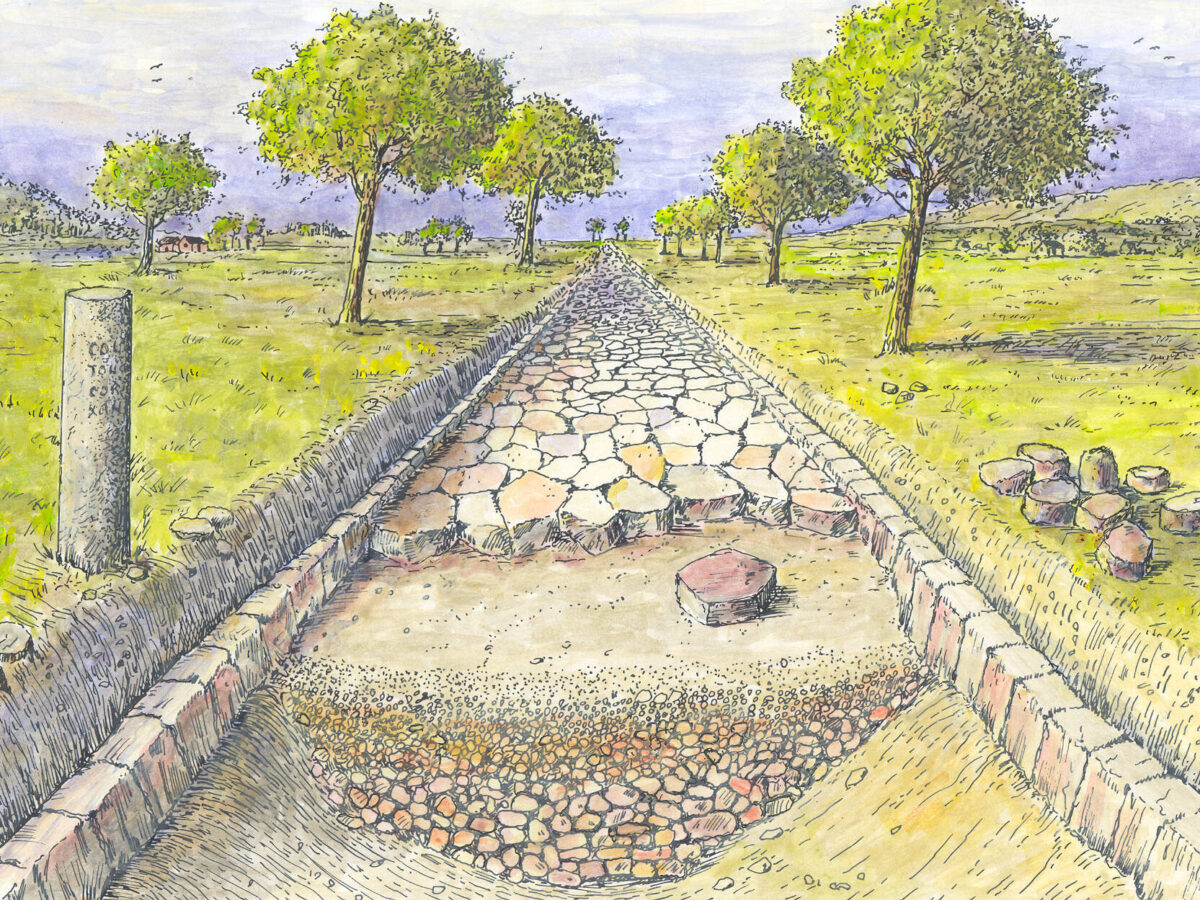Thanks to Flaccus, We Now Know the Names of Eight Inhabitants of Coriovallum
Author: Harry Lindelauf
Photography: Harry Lindelauf, gemeente Heerlen, VB
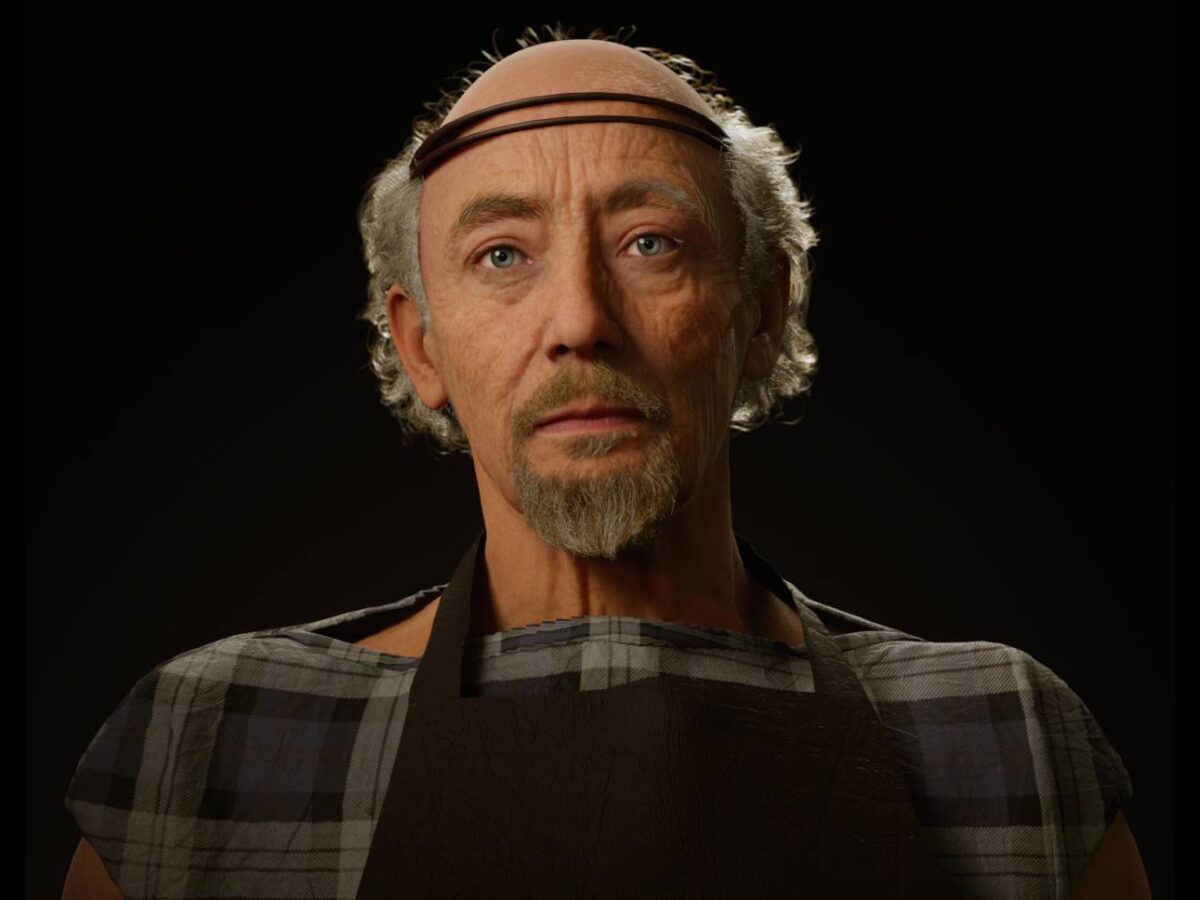
Legionary Flaccus is the eighth known inhabitant of Coriovallum whose name we know. His grave was discovered during archaeological excavations at the Raadhuisplein in Heerlen. Flaccus immediately claims another title as well — that of the “first inhabitant”, since his grave dates from the first quarter of the 1st century AD. Never before has a Roman grave from this early period been found bearing a name.
At the end of November 2024, archaeologists from ADC ArcheoProjecten were surprised to uncover a remarkable pit filled with remains from the earliest settlement in Heerlen. From its shape and the finds inside, it was identified as the grave of a Roman legionary.
In the grave, they found a bronze skin scraper, four plates, and a small pottery bowl. Scratched into the bowl were the letters “FLAC” — interpreted by specialists as an abbreviation of the name Flaccus. The pottery, made in Italy, confirms that Flaccus was indeed a Roman soldier.
From Potter to Physician
In total, the names of eight inhabitants of Coriovallum — the Roman name for Heerlen — are now known. We even know their professions. They are:
Potter Gaius
His name was found on pottery discovered in 1837 during the construction of the Heerlen–Sittard road.
Potter Buccus
He engraved his name into a red ceramic bowl that was discovered in a Roman burial mound in Heerlen.
Potter Lucius Ferenius
He has become famous in modern times for his romantic inscription to his beloved Amaka. In 1971, his kiln was discovered at the Putgraaf. Among the shards was one inscribed with: “Lucius made this jug for Amaka.”
Photo: Jug with the inscription ‘from Lucius for Amaka’.
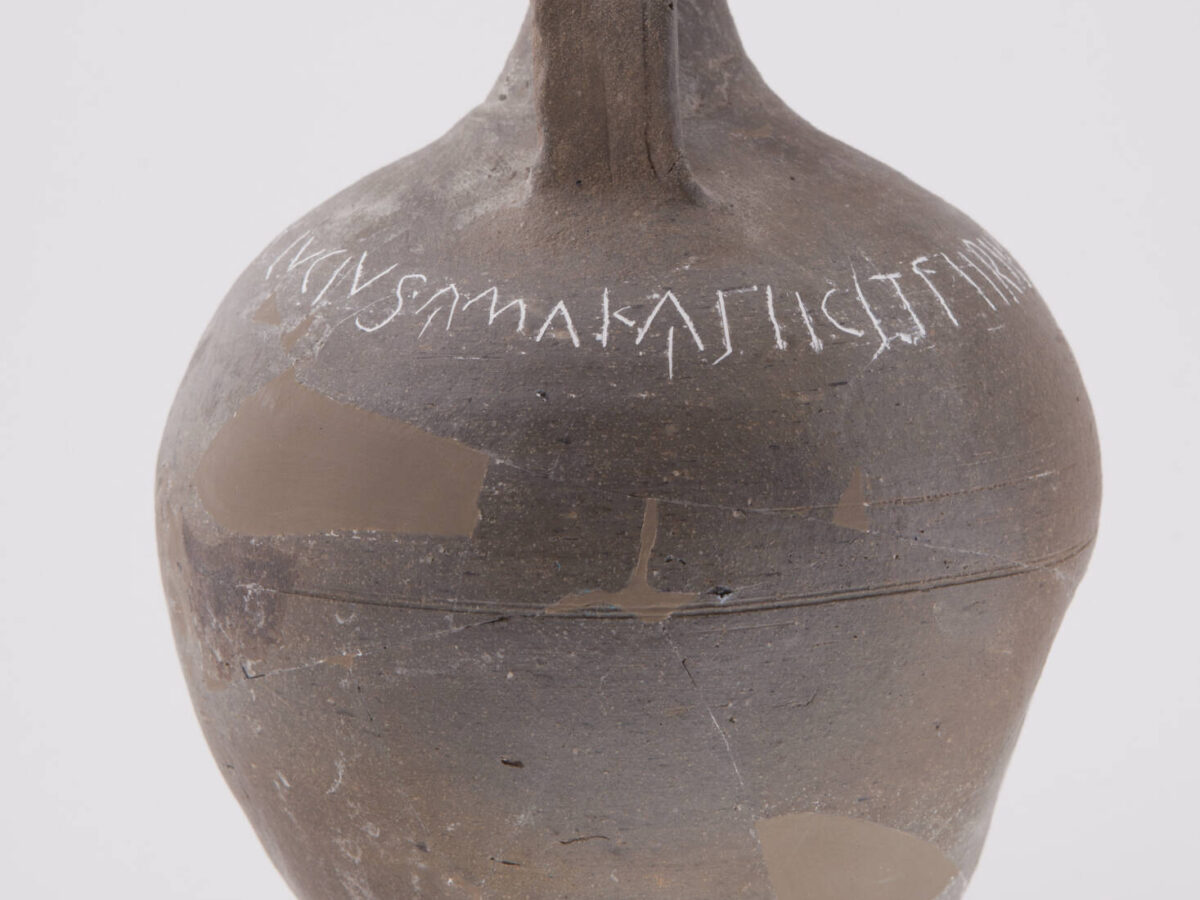
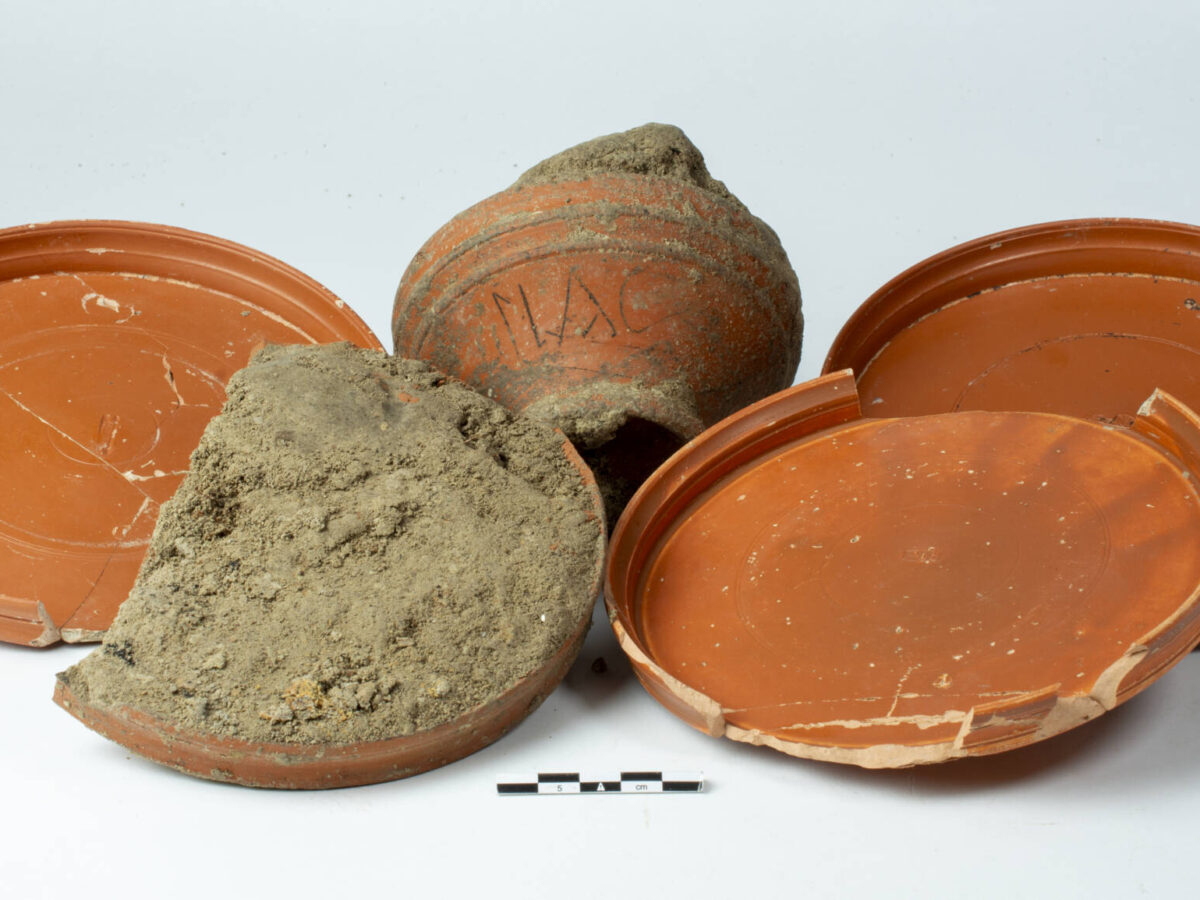
Legionary Flaccus
He was buried in Coriovallum during the earliest phase of the Roman settlement. It is possible that he participated in the construction of the Via Belgica — the great Roman road between Cologne and Boulogne-sur-Mer, begun about 10 years before the start of the Common Era under the command of Marcus Vipsanius Agrippa.
Photo: Found in Flaccus’s grave — four plates and a small bowl with the inscription FLAC.
Legionary Marcus Julius
A soldier in the Fifth Legion from Xanten. He survived his military service and settled in Heerlen as a veteran. His name is preserved on a gravestone of Kunrader stone, discovered in 1873 at the Bekkerweg.
Physician Lucius Junius Macrinus
His name was found engraved on a stone used for preparing eye ointment, discovered in 1860 at the Valkenburgerweg. The stone also served as a stamp to press the physician’s name into the ointment.
Photo: Ointment stone of physician Lucius.
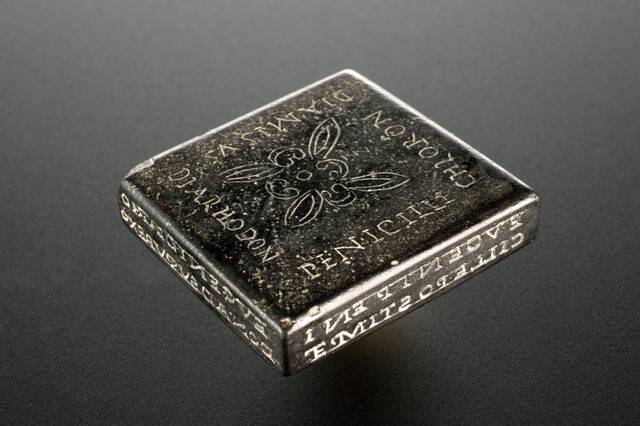
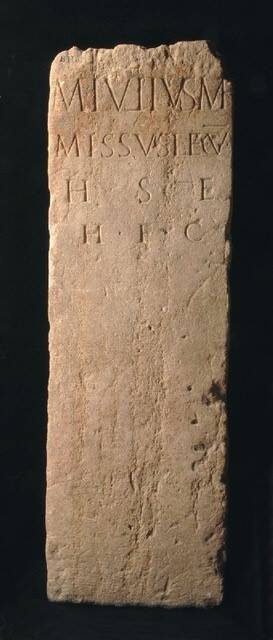
Official Marcus Sattonius Jucundus
A member of the city council of Roman Xanten, the administrative capital to which Coriovallum belonged. Around AD 260, Marcus had the Heerlen bathhouse restored — a promise he had made to the goddess Fortuna.
This is known from an inscribed stone found in 1957 on the site of the Roman baths.
Photo: Gravestone of Marcus Julius — his grave likely formed part of the southern cemetery of Coriovallum, along the Via Trajana leading to Roman Aachen.

